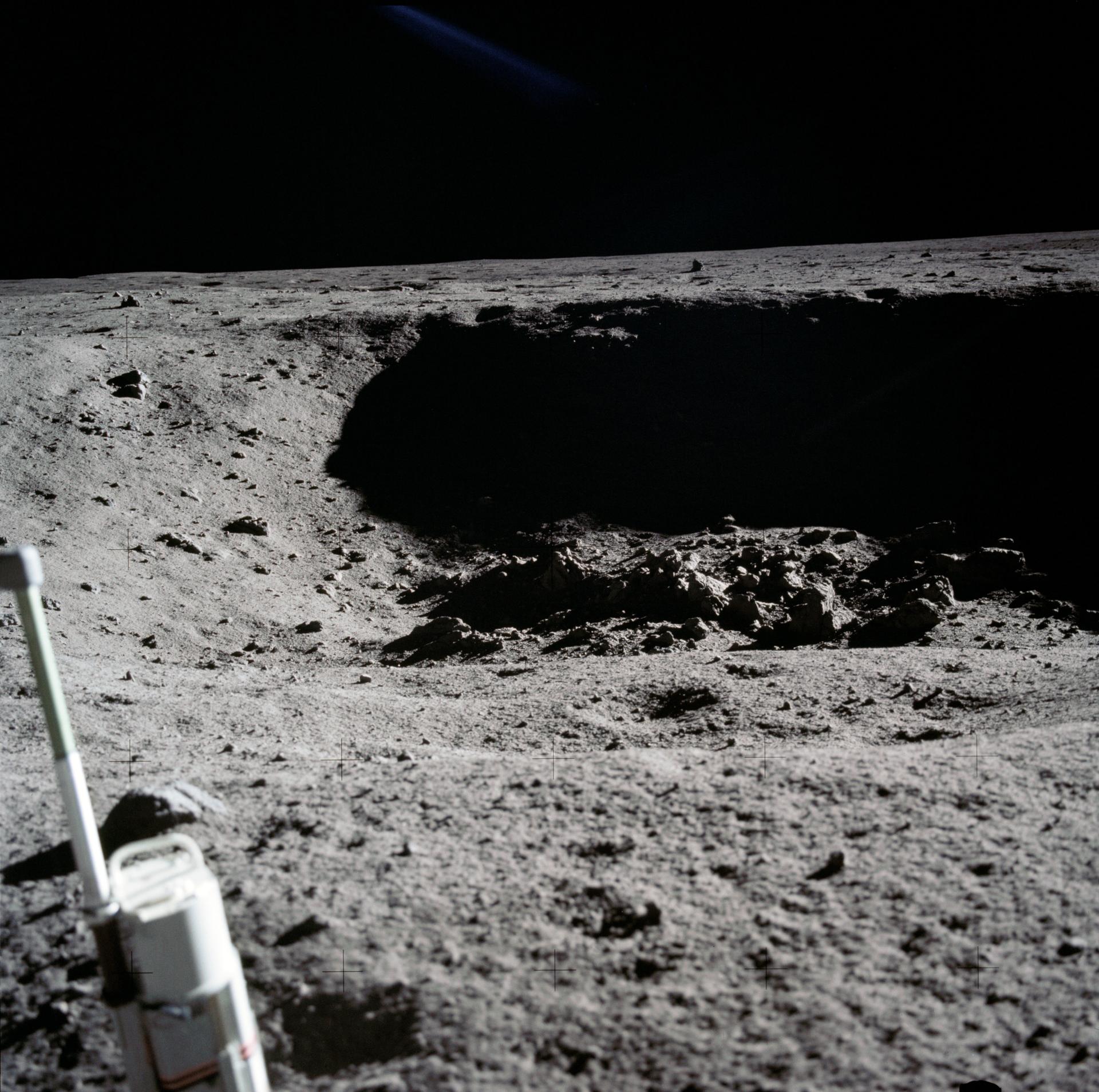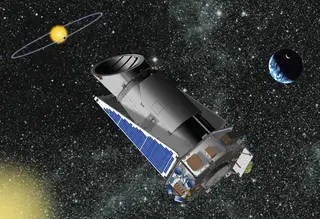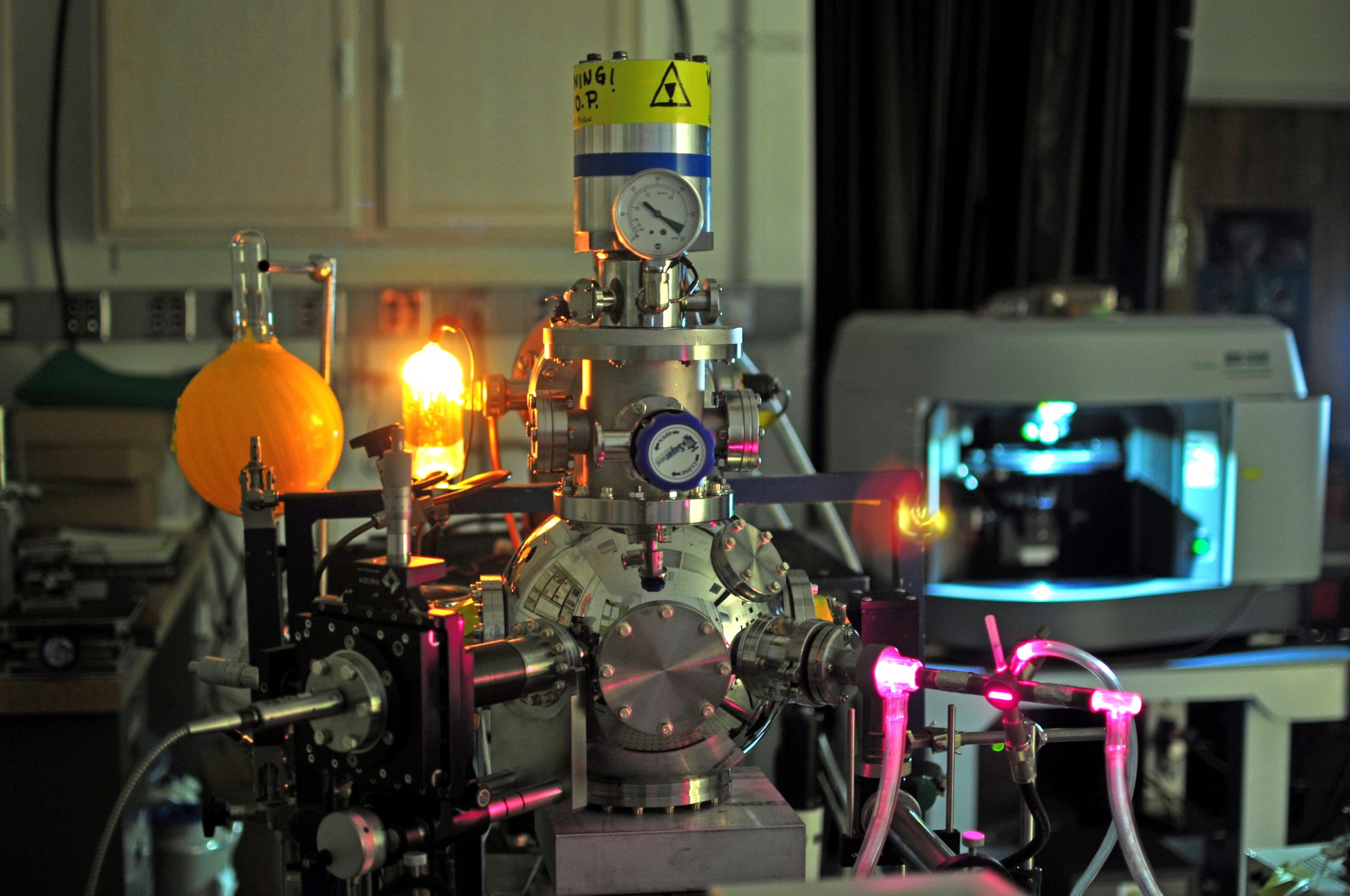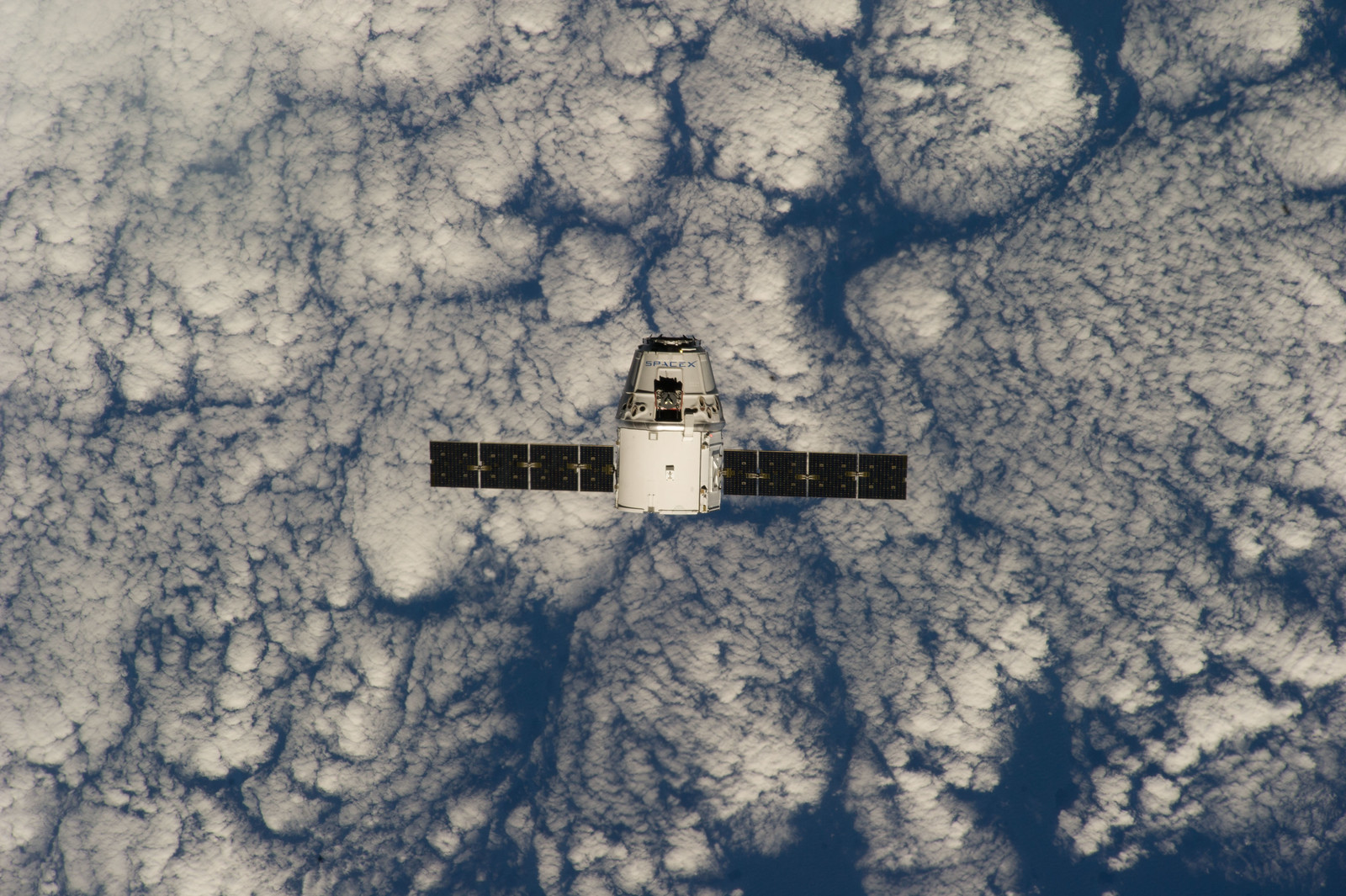The Division’s scientific breadth and depth provide the Agency with a unique interdisciplinary workforce utilizing multidisciplinary teams of astronomers, astrophysicists, chemists, microbiologists, physicists, and planetary scientists and organized into different research teams:
Mission Participation
Lunar Missions
We are very proud of Tony Colaprete who is the principal investigator on the LCROSS mission (Lunar Crater Observation and Sensing Satellite) that was selected as the Secondary Payload for the LRO mission. LCROSS delivered a 2000 kg impactor that created a plume of lunar ejecta which was observed by multiple Earth and space-based assets. From this mission, we have learned that the Cabeus Crater near the south pole of the Moon contains ice and other volatiles within the permanently shadowed region, and we are learning about the nature of the lunar regolith at this location as well. You can read more about the LCROSS mission at ABC News, Popular Mechanics, Space.com, Astronomy Today, and astrobio.net just to name a few.
NASA Ames developed the mission sent to the Moon called LADEE (Lunar Atmosphere and Dust Environment Explorer). LADEE gathered detailed information about conditions near the surface and environmental influences on lunar dust. A thorough understanding of these influences is helping researchers predict how future lunar exploration may shape the moon’s environment and how the environment may affect future explorers.
NASA Ames scientist Rick Elphic is the LADEE Project Scientist while Tony Colaprete is the PI for the ultraviolet-visible spectrometer instrument.

Mars Missions
Members of our Division are co-investigators on a number of missions such as The Mars Exploration Rovers (MER) (David Des Marais, Nathalie Cabrol, Jeff Morre), the CRISM and HiRISE instruments on the Mars Reconnaissance Orbiter MRO (Robert Haberle, Virginia Gulick, Janice L Bishop), the Mars Phoenix Lander (Chris McKay, Carol Stoker, Aaron Zent), and even ESA (European Space Agency missions such as Mars Express (Aaron Zent). The Mars Science Laboratory (MSL) rover named “Curiosity” landed at Mar’s Gale Crater on August 6, 2012. Ames scientist David Blake is the Principal Investigator of CheMin, an X-ray Diffraction / X-ray Fluorescence instrument that for the first time is determining the quantitative mineralogy of the rocks and soil of Mars. NASA Ames scientists Dave Des Marais, Tori Hoehler, Thomas Bristow, Michael Wilson, and Philippe Sarrazin are CheMin Co-Investigators and members of the MSL Science Team. Ames scientist Chris McKay is a Co-Investigator on the SAM instrument (Goddard Spaceflight Center) and a member of the MSL Science Team.
Read More
Outer Solar Systems Missions
Jeff Moore was appointed the Imaging Node Leader for NASA’s New Horizons Pluto-Kuiper Belt Mission. We have other outer Solar System scientists who are participating in that mission, including Dale Cruikshank who is also a participating scientist on the Cassini Mission (VIMS team), and he was also part of the Galileo Mission as well. Dale is also a Co-Investigator on a selected Mars Scout Mission.
Dr. Sandford was a Co-Investigator on the Stardust Mission which brought back dust from Comet Wild2. See the photos that Dr. Sandford took while they were finding the sample return capsule from the Stardust Mission, transporting it back to JSC, and opening it up in the cleanroom.

Astronomy Missions
Human space exploration helps to address fundamental questions about our place in the Universe and the history of our solar system.
Researchers in the NASA Ames Space Science and Astrobiology Division are using space-based telescopes such as Hubble and Spitzer. Division scientists have been leads or co-investigators on dozens of observing programs and have had more successful Spitzer proposals than any other group. In cycle two we had an unprecedented 75% win rate!
Among our scientists using Hubble are Jeff Cuzzi and Jack Lissauer. Dr. Lissauer is now perhaps best known for his recent paper with former SSA division post-doctoral fellow Eugenio Rivera (now at UC Santa Cruz) on the discovery of the most Earth-like planet outside of our Solar System.
Speaking of planet-finding, the Kepler spacecraft collected data to search for Earth-size and smaller planets around other stars. The Kepler Project Office, Science Office, and Science Operations Center are located at NASA Ames with many Ames scientists worked hard to search for habitable planets! Jack Lissauer has published several papers, including a Nature article reporting on a multiple-planet system around a Sun-like star named Kepler-11.





























